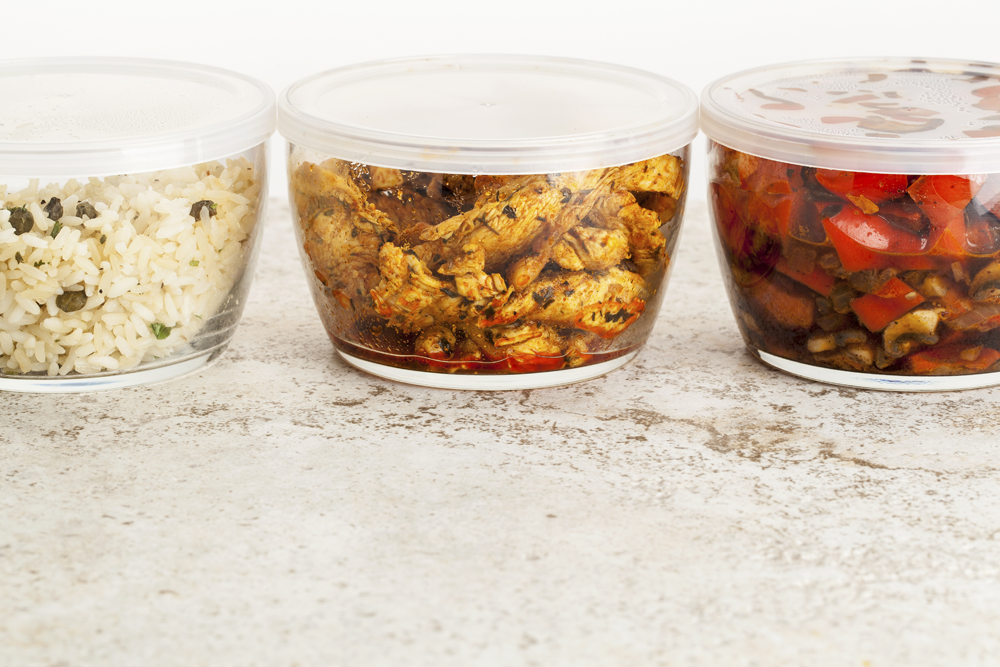Cook, Eat, Refrigerate, Repeat

 In my family, we rely on leftovers. With different schedules it’s important for us to have some ready-to-heat leftover food in the fridge. Not everyone is a leftover enthusiast, but if you can get your family on board, it’s a great way to save time and money. Eating leftovers has larger implications as well; American families throw out approximately 25% of the food and beverages they buy. For the average household of four, food waste translates into an estimated $1,350 to $2,275 in losses, yearly! Do your part to cut down on food waste by accepting leftovers as a way of life.
In my family, we rely on leftovers. With different schedules it’s important for us to have some ready-to-heat leftover food in the fridge. Not everyone is a leftover enthusiast, but if you can get your family on board, it’s a great way to save time and money. Eating leftovers has larger implications as well; American families throw out approximately 25% of the food and beverages they buy. For the average household of four, food waste translates into an estimated $1,350 to $2,275 in losses, yearly! Do your part to cut down on food waste by accepting leftovers as a way of life.
Tips to Store Leftovers
- Quickly refrigerate foods to below 40°F. Doing so keeps harmful bacteria fromgrowing and also prevents food poisoning.
- Buy a refrigerator thermometer. Place this tool in the center of your fridge’s middle shelf at all times to accurately read the internal temperature.
- Apply a label or sticky note to your leftovers to keep track of when it was placed in the fridge.
- When in doubt, throw it out. The smell and look tests aren’t the best indicators for whether foods are safe or not.
Storage guidelines from HomeFoodSafety.org show how long you can hold onto your leftovers:
|
Leftover |
Keeps Up To |
|
Cooked fresh vegetables |
3-4 days |
|
Cooked pasta |
3-5 days |
|
Cooked rice |
1 week |
|
Meat: |
|
|
Seafood, cooked |
3-4 days |
|
Soups and stews |
3-4 days |
|
Stuffing |
3-4 days |
Tips to Reheat Leftovers
- Use a food thermometer to be sure leftovers have reached an internal temperature of 165°F.
- ACL: Always Cover Leftovers. Covering leftovers helps retain moisture and ensures your food will heat all the way through.
- Arrange food items evenly and add some liquid if needed.
- Let foods stand after microwaving. It’s hard to wait, but it’s important to allow heat to distribute during this “standing time”.
- Lastly, always use microwave-safe dishes and food storage containers when reheating.
